Serengeti national park
Serengeti national park is a UNESCO World Heritage site and great wildlife experience destination in the world also termed as the wildlife hub. located in northwestern Tanzania, this park lies along the Kenya border in the north the point which is continuous with Masai Mar national reserve. To the south East, Serengeti national park borders the Ngorongoro conservation area, Maswa game reserve to the Southwest, Ikorongo and Gumet game reserves to the northeast and Loliondo game control area to the East.
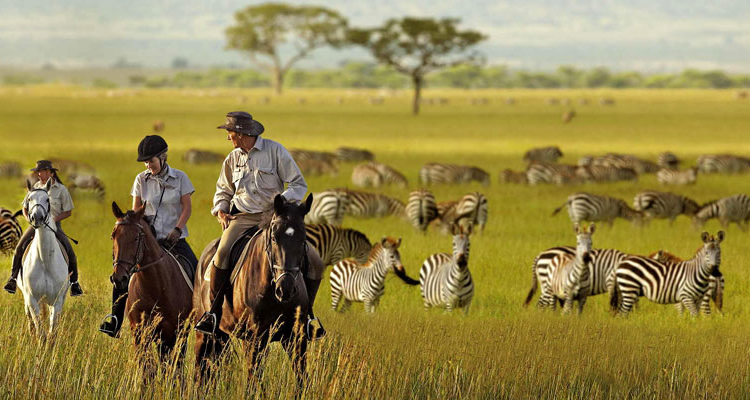
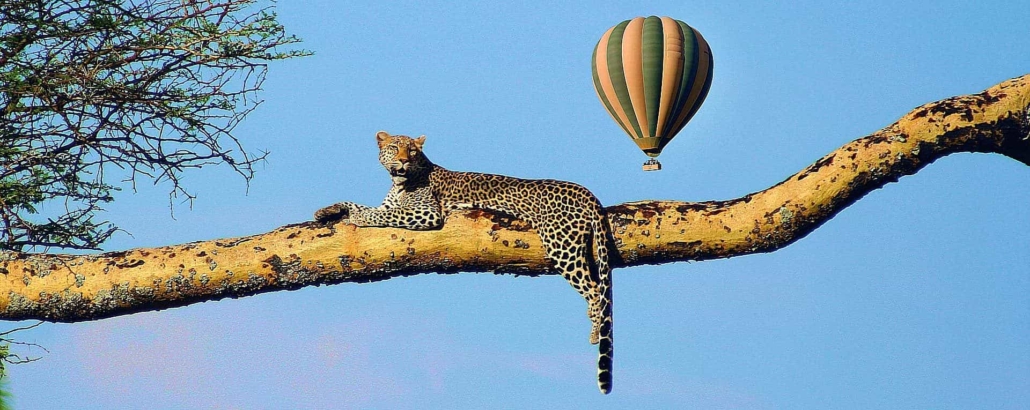
Serengeti national park is classic Tanzania safari destination covering an area of 14,763square kilometers comprised of rolling grasslands, savannah, riverine forest and woodlands. Serengeti national park is a true meaning of African Wildlife safari destination comprised of endless rolling plains defined by name “siringet”, the world siringet is a Masai word meaning endless plains or the place where the land runs forever.
As per history, the lands of Serengeti national park were grazing lands for the Masai people who grazed their livestock in the open plains of the eastern Mara region and are said to have used these lands for over 200 years. Little is known about the plains of Serengeti national park until 1913 when profession hunters started visiting the region to hunt a variety animal inhabiting in the lands, Sir Stewart Edward White was the first American to enter Serengeti national park and his explorations are recorded in northern Serengeti in 1913. In 1920, he returned to Serengeti national park and camped for 3 months in an area near Seronera. During his time of stay, he and his companions shot about 50 lions and because of the extreme hunting lions becoming scarce in the area. This prompted the British Colonial Administration to declare a partial game reserve in the area of 3.2 square kilometers, in 1952 the whole Serengeti national park was full established.
Serengeti national park became more famous after the book and “Serengeti Shall Not Due” produced by Bernhard Grzimek and his son Micheal in 1950s.
Serengeti national park comprises of a scenic landscape comprises of Lobo valley, Barfafu Gorge and Kopjes, Matiti plains, olduvai gorge, makoma hill, kusini plains, lake Ndutu, lower Grumeti woodlands, retina hippo pool, Seronera valley, Lamai triangle, upper grumeti woodlands and kopjes such as Moru kopjes, Masai kopjes, Gol kopjes and Simba kopjes.
Serengeti national park is one of the best Tanzania wildlife safaris destinations in Tanzania and the world hosting a variety of mammals including the entire big five, carnivores species, primates and reptiles. Mammals found in Serengeti national park include lions, elephants, leopards, buffaloes, rhinos, topis, elands, coke’s hartebeests, giraffes, impalas, warthogs, various species of antelopes such as roan antelopes, common eland, bushbucks, greater kudus, fringe- eared oryxes and dik-dik, aardvark, aardwolf, bat-eared fox, ground pangolin, crested porcupine, 3 species of hyraxes, cape hare and many more. Reptiles found in Serengeti national park include leopard tortoise serrated hinged teerapin, crocodiles, African python, black-necked spitting cobras, puff ander, black mamba, and many more.
Serengeti national park experiences the great wildebeest migration which is one of the great tourist attractions which makes the park an incredible wildlife viewing destination. Wildebeest migration constitutes the largest population of big mammals noticed in the world, wildebeest migration involves the movement of over 1.5 million individuals including 250,000 plains zebras, 300,000 Thomson gazelles and over 500,000 wildebeests roaming in the Serengeti-Mara ecosystem
Serengeti national park is also one of the top listed Tanzania birding safari destination habiting over 500 bird species, these birds include Masai ostrich, marabou storks, black crake, lesser flamingo, Ashy starling, love birds, yellow barbets, crowned cranes, helmeted guinea fowls, southern ground hornbill, kori bustards, secretary birds, oxpeckers, small finches, hartlaub’s turaco and many more.
Safari activities to do in Serengeti national park
Game drives
Game drives in Serengeti national park is one of the famous Tanzania safari activities done this amazing park, game drives are done in 4X4 wheel car touring 4 major areas of Serengeti national park that are Seronera and the south, Grumeti and the western corridor, central Serengeti and northern Serengeti. Game drives are offered as
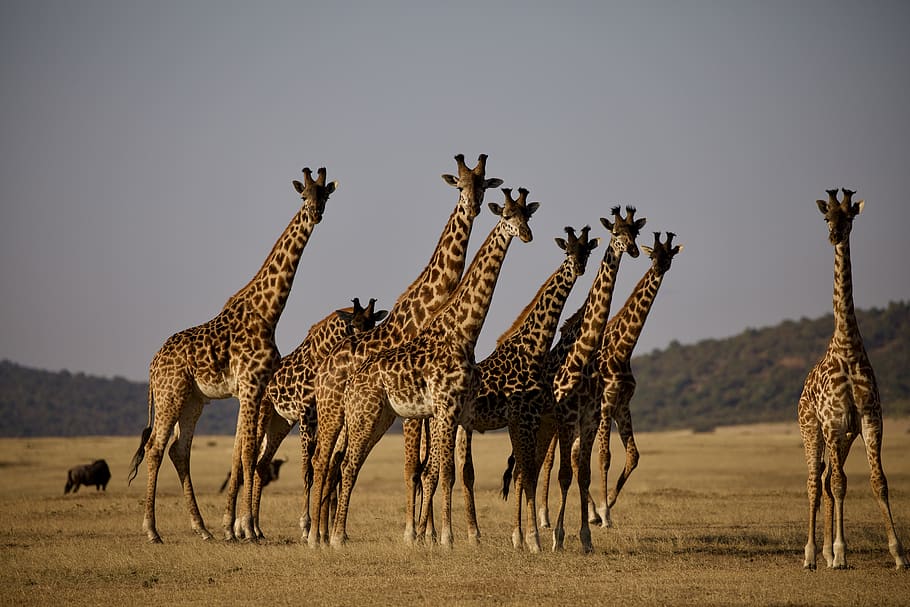 Morning game drive which is the best time to view big cats such as lions, leopards, cheetahs who are on a hunting spree and sun bathing.
Morning game drive which is the best time to view big cats such as lions, leopards, cheetahs who are on a hunting spree and sun bathing.- Afternoon game drive done after lunch
- Full game drive done for a full day and offers an opportunity to tour all corners of the park and enjoy a lot of animals such as zebras, leopards, elephants and many more
- Night game drive done in the dark night hours and done with a help of a spot light, this game drive is best for spotting nocturnal animals such as lions, leopards, cheetahs and many more.
Generally game drives in Serengeti national park offers sights of many animals such aslions, elephants, leopards, buffaloes, rhinos, topis, elands, coke’s hartebeests, giraffes, impalas, warthogs, various species of antelopes such as roan antelopes, common eland, bushbucks, greater kudus, fringe- eared oryxes and dik-dik and many more.
Birding
Serengeti national park is one of the ranked birding sites for Tanzania birding safaris in Tanzania, the park is a birder’s haven and a home to more than 500 species living in the diverse ecosystem of the park. Birding in Serengeti national park offers sights of many species of birds such as Masai ostrich, marabou storks, black crake, lesser flamingo, Ashy starling, love birds, yellow barbets, crowned cranes, helmeted guinea fowls, southern ground hornbill, Kori bustards, secretary birds, Oxpeckers, small finches, Hartlaub’s turaco and many more.
Birding in Serengeti national park starts as early as 6:00 am when most birds are just waking up and the best time to birding is from November to April which is a breeding period for most birds and migratory birds from Europe and other parts of Africa are present in the park, though birding is possible throughout the year.’
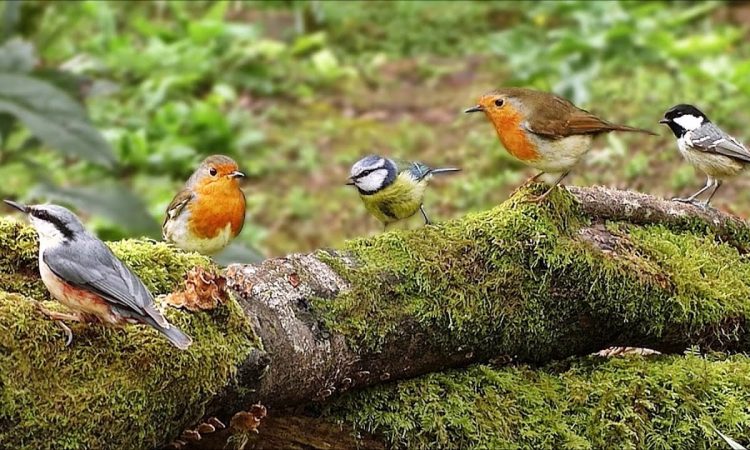
Hot air balloon safaris
Hot air balloon safaris in Serengeti national park is a spectacular and iconic way of tours the plains and attractions of the park from the air while on a Tanzania safari, this breathtaking safari experience offers aerial views of Serengeti national park’s wilderness including animals such as lions, elephants, buffaloes, cheetahs and the magnificent landscape. Hot air balloon safaris in Serengeti national park begins as early as 6 am setting off from designated sites in Seronera area, this experience lasts about 1-2 hours and it is followed by champagne breakfast in the bush.
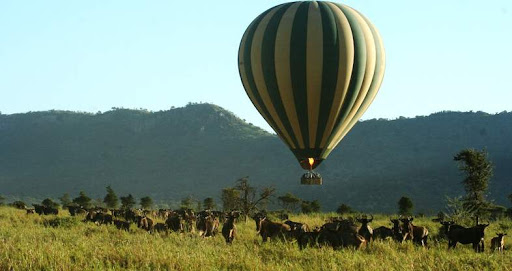
Hot air balloon safaris designated sites in Serengeti national park are 3 sites and they include
- In Seronera in central Serengeti flying over Seronera river valley for sights animals gathering around the river.
- Western Serengeti flying over Grumenti River for sights of the wildebeest migration crossing the river in the months of June and July.
- South Serengeti plains flying over the southern plains for sights of the calving period of the great wildebeest migration, in this period 8000 newborns are sighted.
Hot air balloon safaris are ideal for photographers offering scenic nature photographs.
Walking safaris
Walking safaris in Serengeti national park are the best way of touring every inch of the park not reached by a safari vehicle, this exhilarating experience offers sights of Serengeti’s wilderness including animals such as lions, elephants and many more. Walking safaris are done with guidance from a game ranger and a guide.
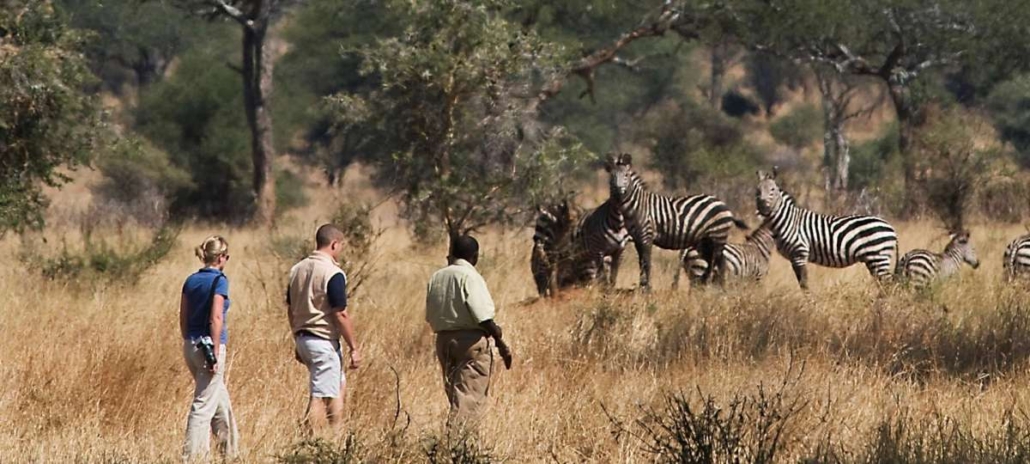
Cultural tours
Cultural tours in Serengeti national park offers an insight in the traditional lifestyle of the Maasai people and it is the best experience if you want to enjoy a traditional Maasai way of life. The Maasai people are semi-nomadic people originally residing the many parts of Kenya and Tanzania before the gazetting of the parks. Visiting Maasai villages locally known as Bomas offers travellers an opportunity to engage with the local Maasai people, get involved in their local activities such as livestock rearing, and be entertained by local dance and drama. Travellers also get to learn more about Maasai customs, rituals, traditions and many more.
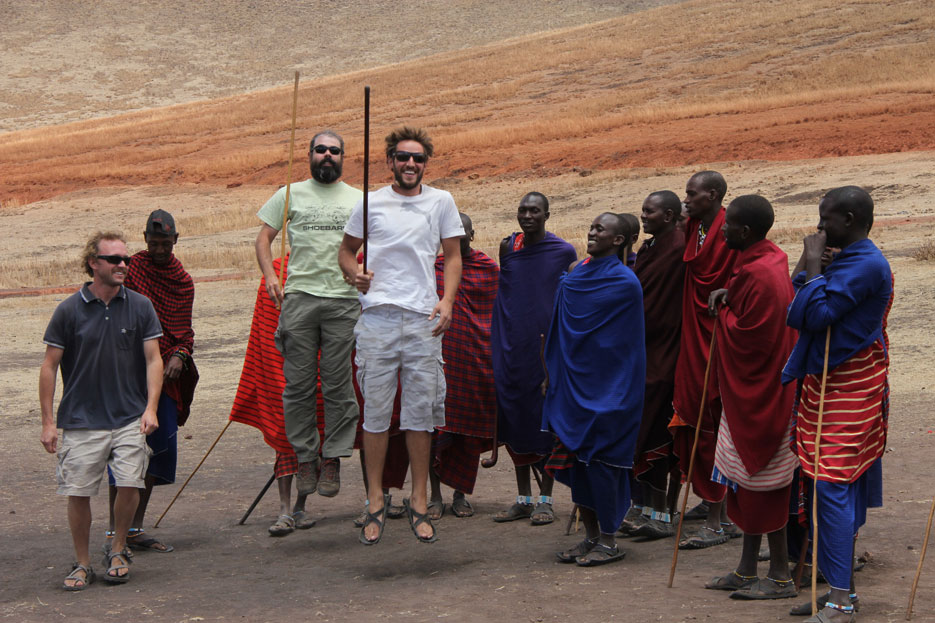
Where to stay in Serengeti national park
In Serengeti national park there are many safari lodges and camps offering accommodation to visitors of the park, safari lodges and camps in Serengeti national park are categorized as luxury, midrange and budget and they include Mwiba lodge, Lake Ndutu luxury tented camp, Namiri plains camp, And Beyond Under Canvas, Sanctuary Kichakani Serengeti camp, Olakira camp, Serengeti bushtops camp, Ndutu wilderness camp, woodlands camps, Serengeti Ndutu safari lodge, Ehlane plains camp, &Beyond Klein’s camp, Serengeti North Wilderness camp, Serengeti safari camp, Kaskaza Mara camp, Mara Tented Lodge, Nasikia Mobile Migration camp, Ikoma safari camp and many more.
How to get to Serengeti national park
Serengeti national park is located in remote corner of north Tanzania and is a very accessible Tanzania safari destination for various cities such as Arusha city, the park is accessible by use of both road and air transport.
By road: Serengeti national park is accessed by four main entry and exit points including Naabi Hill gate, Ndabaka Gate, Klein’s Gate and Bologonya Gate. From Arusha city there are well maintained route connecting to the park’s main gates on a drive of about 6-7 hours, when driving to Serengeti national park by road it is very advisable to use a 4X4 wheel vehicle.
By air: Serengeti national park is accessed by international air travel and regional air travel. By international air travel the recommended point of entry to the park is Kilimanjaro international airport situated between Moshi town and Arusha town, from Kilimanjaro international airport to Serengeti national park it is a distance of 200 miles. This airport is served by international flights offered by KLM, Turkish Airlines, Ethiopian Airlines and many more, connecting flights to Nairobi are offered at Kilimanjaro national park.
Regional air travel to Serengeti national park are offered from Kilimanjaro international airport and Arusha airport to one of the 7 airstrips serving the park on a flight of about 1-5 hours, regional flights to Serengeti national park are offered by local airlines such as Air Excel, Coastal Aviation and Regional Air.


